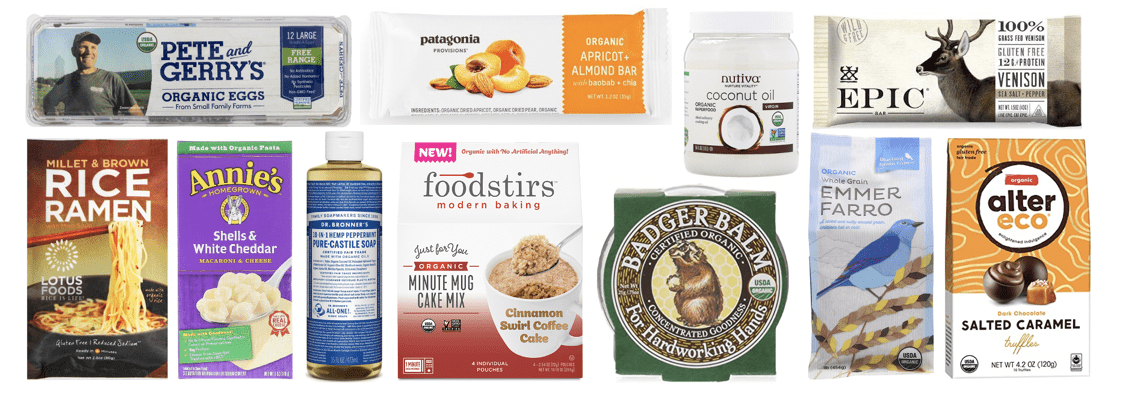If you regenerate it, they will come
Last week we answered the question of what is regenerative agriculture and shared some stats that made a case for regenerative ag’s power to change our climate for the better. This week, we’re diving into how companies and farmers are approaching regenerative agriculture, as well as how consumers are reacting. So, let’s get started.
How are companies and farmers approaching regenerative agriculture? There is no single set of rules. But it seems there are four main ways growers approach regenerative:
- Biodynamic farming: This farming method has been around a long time and has strict rules around the types of natural fertilizers used on soil, and the agrichemicals that must be left off.
- Regenerative organic: Much like it sounds, regenerative organic starts with organic and builds from there, adding farming practices and social standards. Look to the Rodale Institute for more information on this emerging certification.
- Organic farming that also uses lots of regenerative methods: Some organic farmers are already taking part in regenerative agriculture, even if it doesn’t appear on their packaging. Industrial organic may not look much like regenerative agriculture, but some smaller scale organic farms are also doing regenerative farming.
- Their own approach: General Mills is the best example of this, by way of their regenerative agriculture pilot program.
Some companies that are leading the way:

What about consumers – do they care, or even understand what regenerative ag is? As of 2019, best estimates are that approximately 1 in 4 Americans know what regenerative agriculture is, which tells us there is still an education gap, or at least a new term to teach consumers.
But regardless of whether consumers know specifically what regenerative means, research shows consumers do care about the issues it addresses. For example, a recent New Hope Network/NEXT study showed that:
- 45% of Americans say they are willing to pay more for products that demonstrate environmentally responsible practices;
- 66% are concerned about the environmental impact of herbicide, fungicide and pesticide use in farming; and
- 40% say concerns about climate change impact what they buy.
As we enter an age where all sectors – including agriculture – have a role to play in combating climate change, regenerative agriculture may be one of the food industry’s best cards to play. We’ll be monitoring which brands are innovating in regenerative with which methods, which new products are showing the greatest success, and how consumers are reacting.
Curious how moving into regenerative might impact your brand? NEXT’s Concept Lab is here to help.

